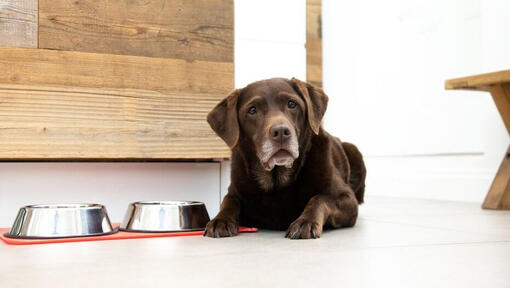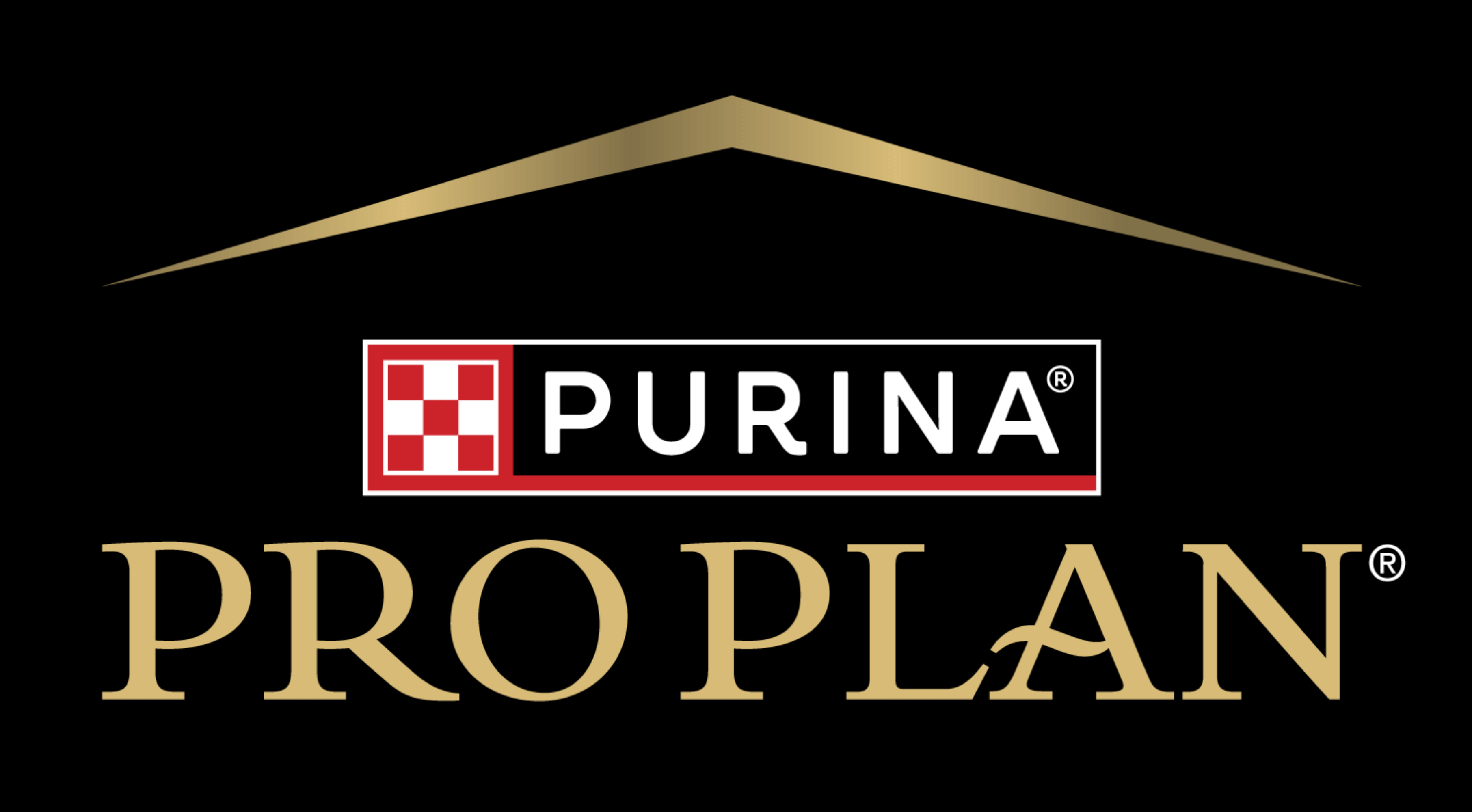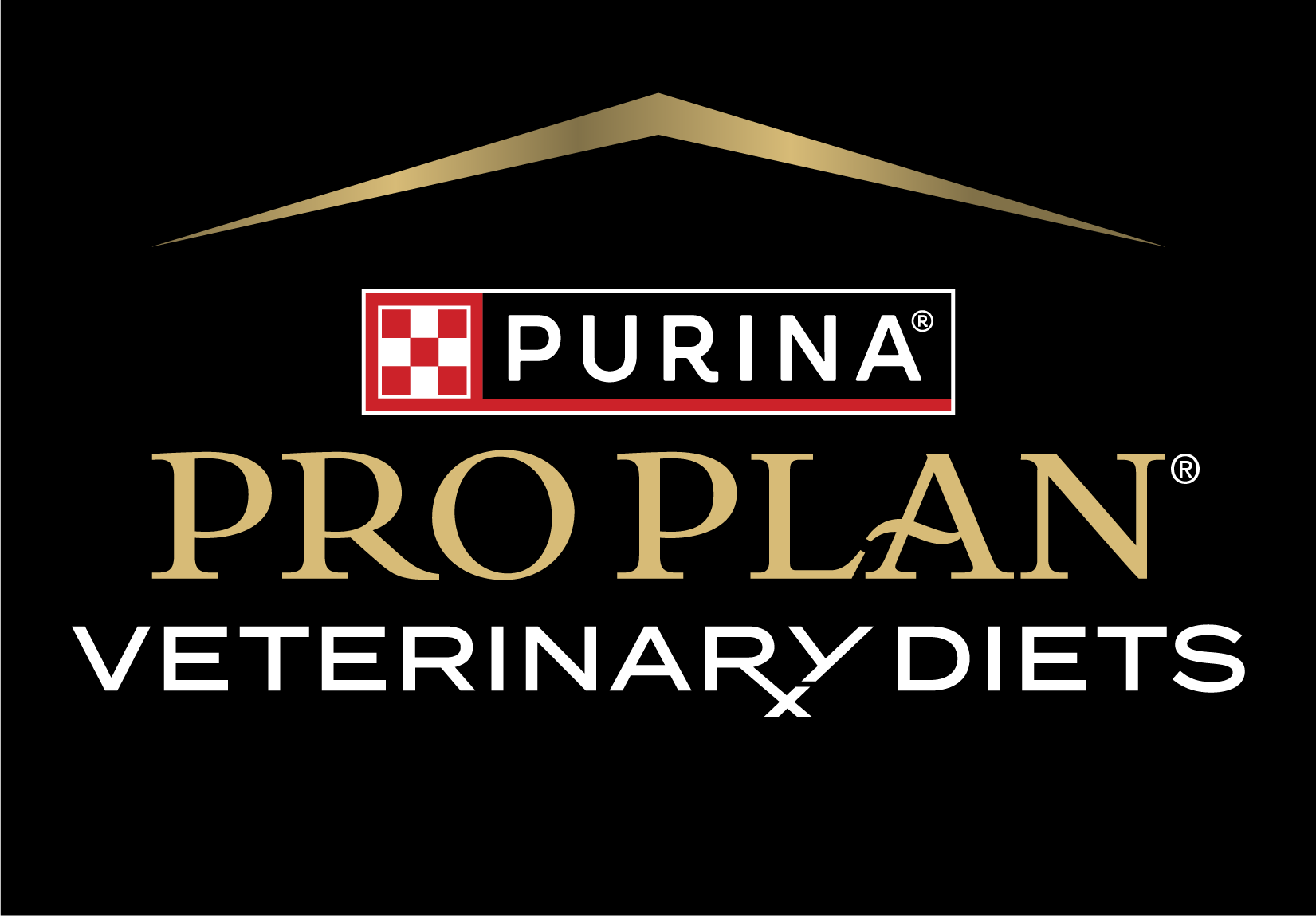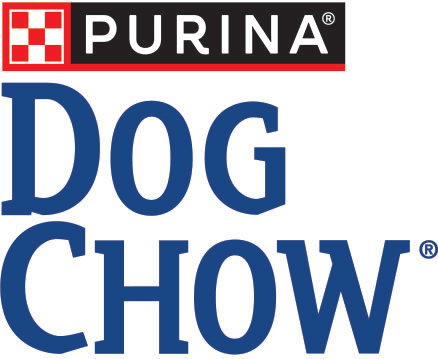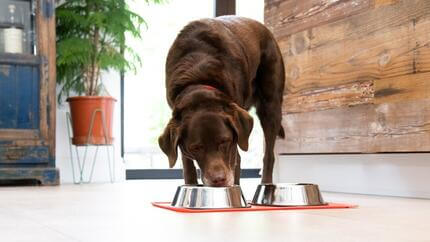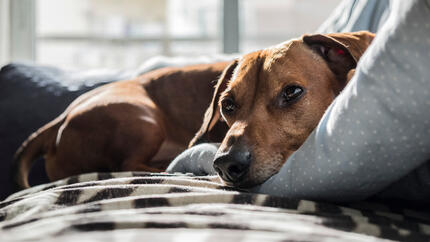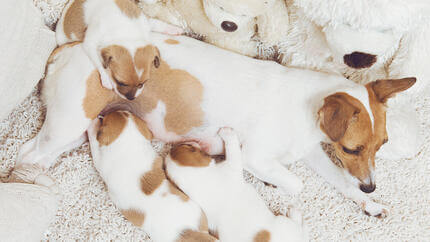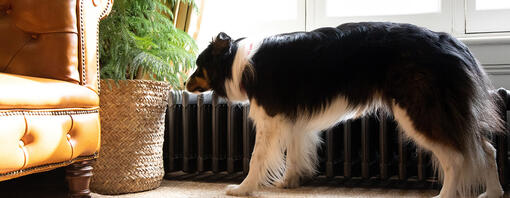
We can’t think of anything more exciting than finding out your dog is expecting! As dog pregnancy only last for around 2 months, you can look forward to bundles of fur filling your home very soon!
When your dog is pregnant, you may find yourself wondering “how do dogs give birth?”. You don’t have to panic as the due date approaches - dog labours are usually much less dramatic than ours, and your pet should be able to bring the puppies into the world without any worries. Mum should be more than capable, but keep her company during labour in case your dog runs into any complications.
Speak to your vet if you have any concerns about pregnancy in dogs or about your dog giving birth. Their advice should help to put your mind at rest. Here are some helpful tips from our PetCare Team to help you be as prepared as possible for when your pet becomes a new mum.
Preparing your dog for the birth
Build a nest
Mum will want a private place in your home where they can relax and give birth to the puppies in peace, so build a ‘nest’ in the last two weeks of your dog’s pregnancy.
An ideal nest for dogs giving birth is a large cardboard box lined with puppy pads (in case of accidents), and filled with clean blankets, sheets or towels. Make sure the box is big enough for both mum and the litter to fit comfortably inside, and allow mum room for their own space if your dog wants it. You’ll also have to make sure the box is tall enough to stop any adventurous puppies escaping!
Place the nest in a quiet spot at room temperature, where they won’t be disturbed and can stay cosy. Adding your dog's own bedding or toys to the nest (as long as they are clean) can encourage your pet to use it, and will make the soon-to-be mum feel at home before the birth.
Have help on hand
Your dog’s labour should go smoothly, but it’s useful to have help on hand to keep them calm and in case your dog runs into any complications.
Get hold of your vet's out-of-hours phone number prior to your dog giving birth, as delivery often happens during the night. Let your vet know your dog’s due date (if they don’t know already), so they know when to be on stand-by. If mum does have problems delivering the puppies you may need to take them into the vet, so make sure that you have access to transport.
In case mum does need a helping hand, have nail scissors and several clean, dry towels nearby during the birth. If the litter is a large one, you may also need an extra basket to ensure you have plenty of room for the new born puppies!
If you do move the puppies away from mum, you’ll need to help them to stay warm. We recommend using a microwaveable beanie bag instead of a hot water bottle, as their sharp teeth and claws can cause punctures.
Know what signs to look out for
One of the first signs of impending labour is a drop in mum’s body temperature from 38.5°C to 37°C – labour usually begins around 12-24 hours after that.
To know when this happens, take your dog’s temperature twice a day with a rectal thermometer throughout the final week of pregnancy. If you’re unsure how, ask your vet to show you. If you find that taking her temperature is causing your dog stress, then stop. You need to help your dog to stay as calm as possible at this time.
During the final week of dog pregnancy, mums-to-be may be a little restless and seclude themselves in a quiet area. A loss of appetite and scrabbling in her bedding is common in the 12-24 hours before their goes into labour.
Very occasionally, your dog may move the nest that you made for them to another area of the house. If this happens, try not to move it from the preferred location if possible.
"Hopefully your dog’s birth will go smoothly, but it’s always best to be prepared in case the unexpected happens."
The stages of labour and delivery
In general, dog births are normally straightforward and don’t often involve complications. Although you should interfere as little as possible, it’s still important to be with your dog giving birth so that you can support her and step in if there are any problems. Labour normally lasts 3-12 hours, and happens in three stages.
- The cervix and uterus prepare for delivery with smaller contractions that may not be visible to you.
- Your dog’s vulva will begin to swell in preparation for delivery.
- During this stage of labour, dogs may be very restless and unsettled and mum may pant and shiver – this is all perfectly normal, so don’t worry.
The second stage is the passing of puppies which usually takes between 3-12 hours but can take up to 24 hours.
- Mum's rectal temperature will return to normal as she gets ready to deliver her puppies.
- You will see strong contractions, followed by a clear fluid from your dog’s vulva – a puppy should follow within the next 20-30 minutes.
- Puppies are usually born within 20 minutes of each other, but it’s quite normal for mum to have a rest during delivery, and may not strain at all for up to two hours between pups. Watch your dog giving birth closely and contact your vet if she rests for longer than two hours.
- It’s normal for some of the litter to be born tail-first, so don’t be alarmed if this happens. You may need to gently encourage mum to deliver puppies that are tail-first, but be very careful not to tug.
- Mum should bite through the puppy’s sacs and umbilical cords before cleaning them herself. If you notice she is trying to chew the cords too close to the puppy, stop her and do it yourself. See our Helping during delivery section for more information.
- If labour lasts a long time, mum may need to go to the toilet in between deliveries. Keep a close eye on her in case she starts giving birth to the next pup at the same time.
- A greenish/brown discharge may suggest a placenta has separated. If you see this, a puppy should be born within the next 2-4 hours. If it isn’t then contact your vet, as there may be a complication with your dog giving birth.
- The placentas should pass after each puppy has been born.
- Try to check how many placentas have been passed (note if she eats any), so you will know if any are left inside mum. If you think this has happened, contact your vet as they may need to intervene.
- During this stage of labour, dogs may be very restless and unsettled and mum may pant and shiver – this is all perfectly normal, so don’t worry.
Helping your dog during delivery
Hopefully you shouldn’t have to intervene during your dog’s labour, but occasionally mum may need a bit of help. There are a handful of scenarios where you might need to step in.
- One pup might need help whilst mum is in the middle of delivering another. In this case, clear the sac that the puppy is in, and quickly dry them against the grain of their fur with a clean cloth. This rubbing motion will also encourage the pup to take their first breath.
- If mum hasn’t cleaned a puppy, they may have fluid in their airways. Pop your clean little finger inside their mouth to scoop anything out and wipe their nose. Rub them with a towel to encourage them to cry, as this will clear any fluid that they may have swallowed.
- If mum is preoccupied delivering another puppy, you may have to help her cut the umbilical cord of an earlier born puppy. To do this, tie a knot using heavy thread approximately one inch from where the cord attaches to the pup’s body. Tie another knot a little further from the first, and use clean scissors to cut the cord between the two knots. Cutting too close to the pup’s body can risk its health, and leaving it too long could lead to it being chewed or swallowed by mum.
See our page on Things to look out for during labour for more information on the stages of labour and possible complications.
After the birth
When you are sure that labour has finished, and that everyone is healthy and happy, get mum something to eat and drink. Give your dog the normal puppy food they have had throughout pregnancy, as they’ll need something that’s gentle on their stomach.
Try to help your dog go outside for fresh air and to go to the toilet – this might be tough to do straight away. Remove and replace anything that has been soiled during delivery, and then give the new family some quiet, quality time together.
For more helpful advice, make sure to also read our easy guide Dog birth and labour problems to look out for.


